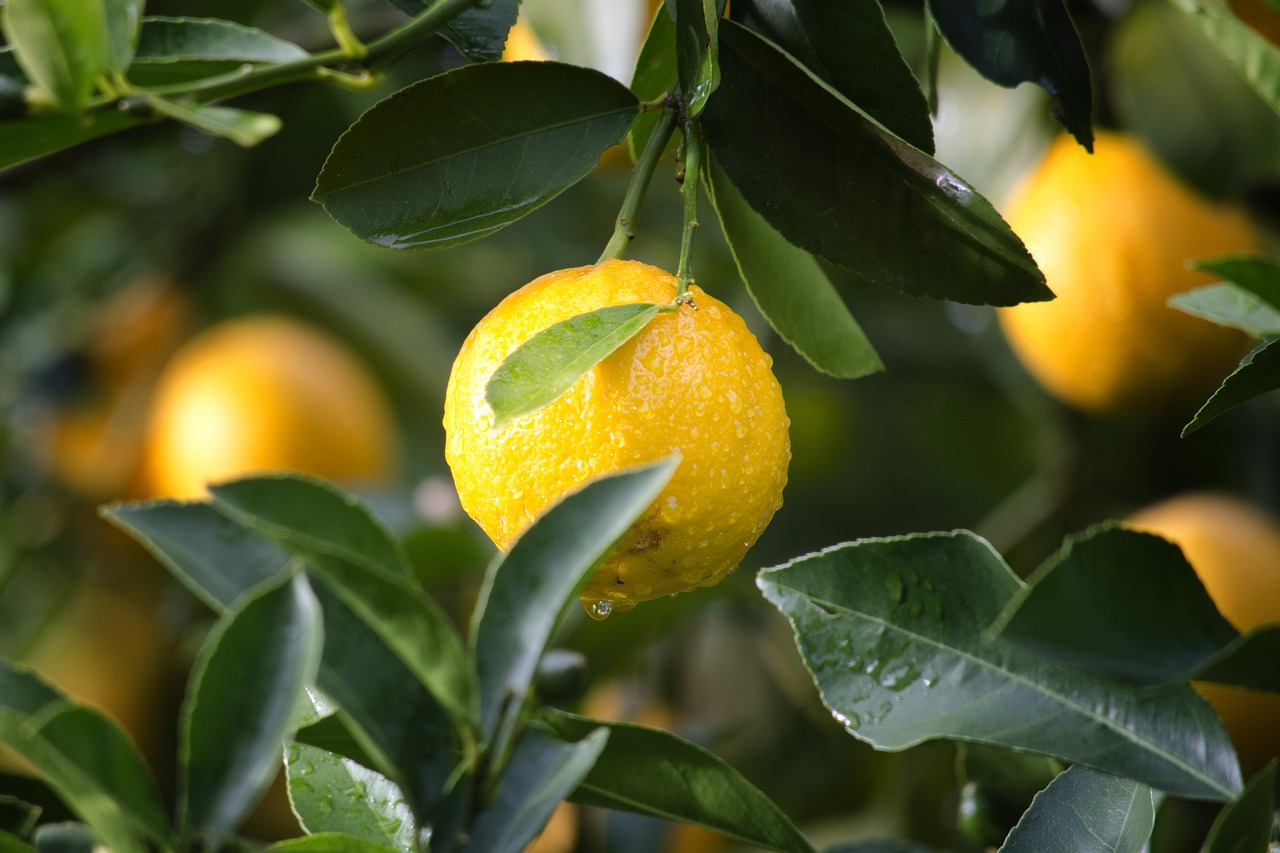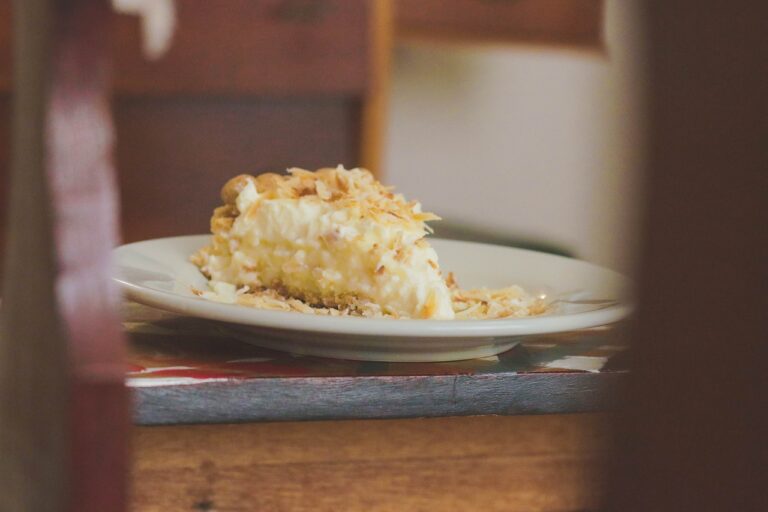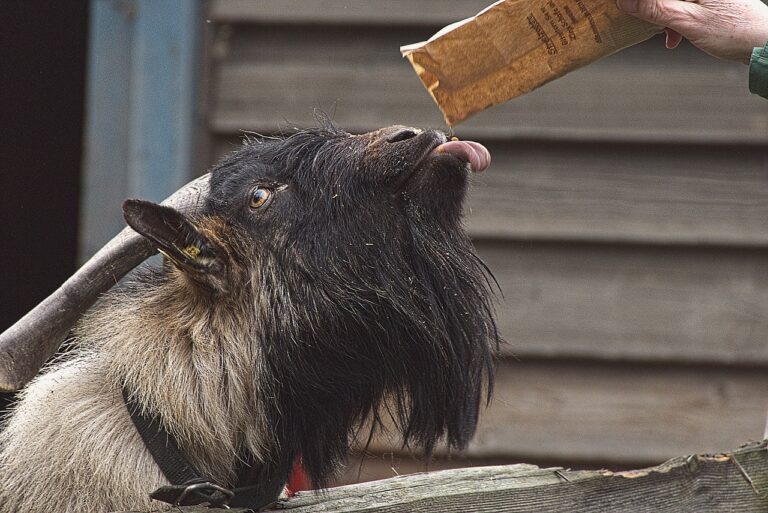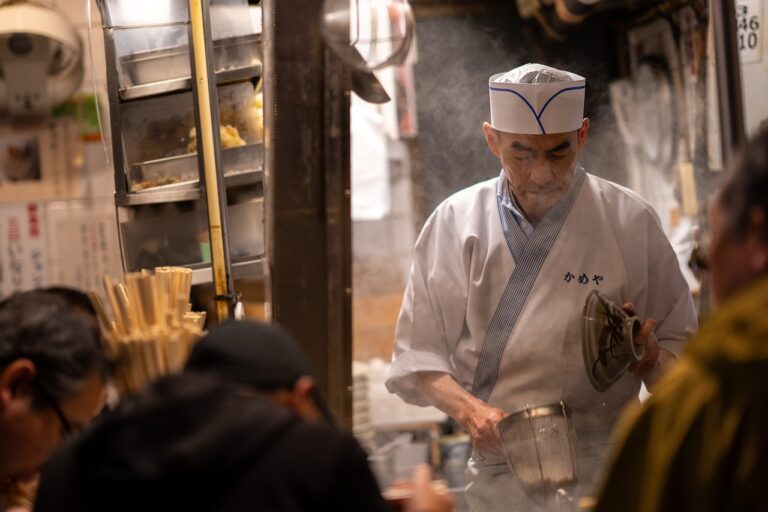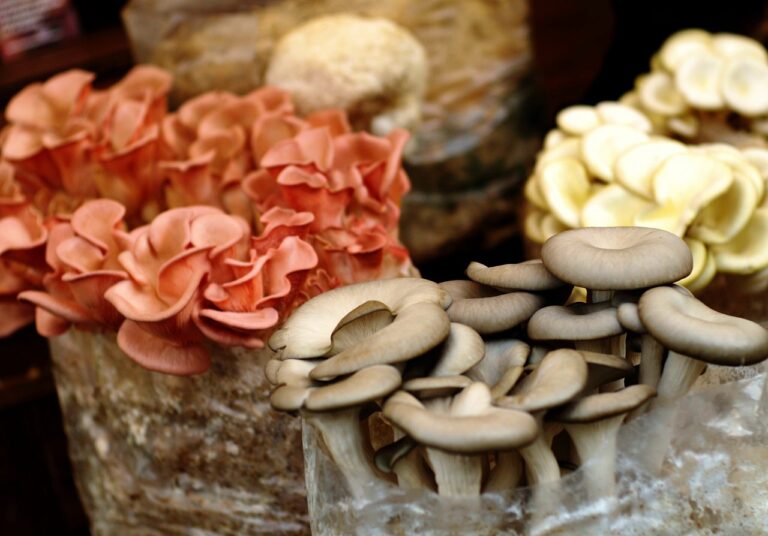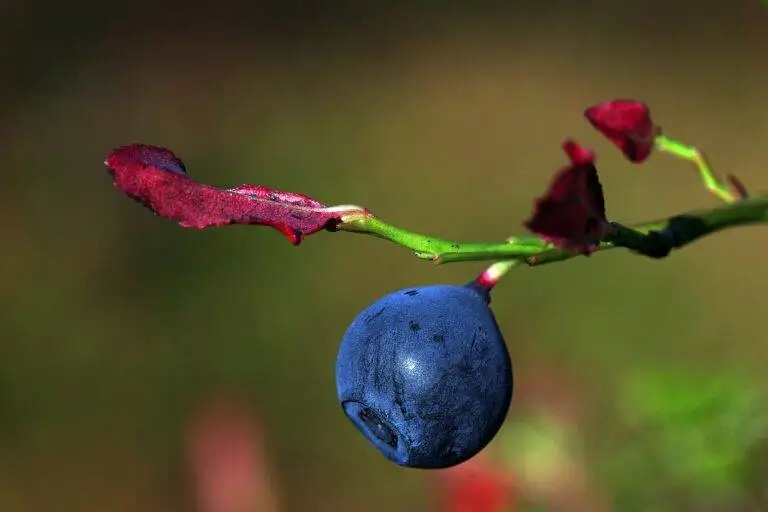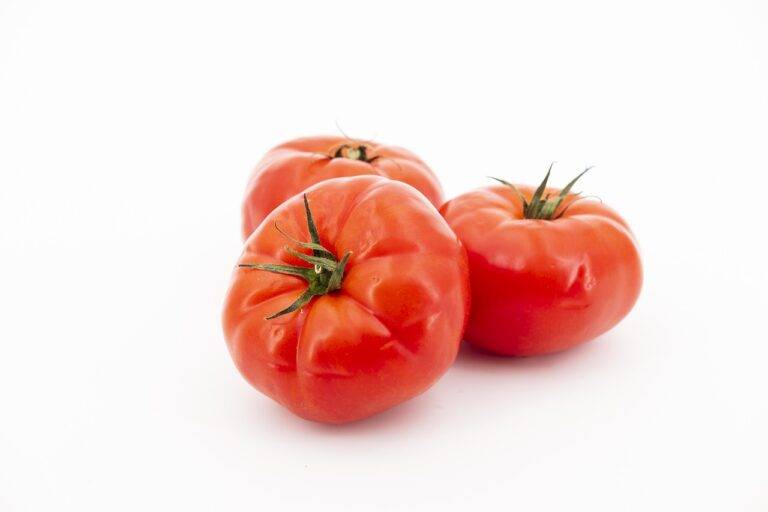The Science of Food Chemistry: Understanding Flavor and Texture
Food chemistry is a fundamental field that examines the molecular composition of food and how it reacts during various stages of food preparation and consumption. By understanding the chemical makeup of food, we can gain insights into its nutritional value, flavor development, and overall quality. Chemical reactions such as Maillard browning, oxidation, and fermentation play a crucial role in determining the taste, color, aroma, and texture of food products.
Moreover, food chemistry delves into the interactions between different components within food, including proteins, carbohydrates, fats, vitamins, minerals, and water. These interactions can influence the stability, shelf life, and sensory characteristics of food. By studying the chemical properties of food and the mechanisms involved in food processing, researchers and food scientists can innovate new techniques to enhance food safety, improve nutritional value, and optimize the sensory experience for consumers.
The Role of Molecules in Flavor Development
Molecules play a vital role in the complex process of flavor development in food. Each molecule contributes unique characteristics that combine to create the overall taste profile of a dish. From the sweetness of sugars to the bitterness of certain compounds, the interactions of these molecules determine the sensory experience we perceive when we eat.
Chemical reactions between molecules during cooking can lead to the formation of new flavors through processes like Maillard browning and caramelization. The breakdown of proteins, fats, and carbohydrates produces a variety of aroma compounds that enhance the taste of dishes. Understanding how these molecules interact and transform during cooking allows chefs to manipulate flavors and create dishes that are not only delicious but also well-balanced in taste.
Chemical Reactions in Cooking
When we step into the realm of cooking, we become participants in a multitude of chemical reactions that transform ingredients into delectable dishes. From the Maillard reaction browning our steaks to the caramelization of sugars creating a sweet crust on our desserts, these reactions play a crucial role in developing flavors and textures. Through heat, acids, enzymes, and other cooking techniques, these transformations occur at the molecular level, resulting in the tantalizing tastes and aromas that we associate with our favorite meals.
Furthermore, the chemical reactions in cooking are not just about flavor enhancement but also about food safety. Cooking temperatures and times are carefully calibrated to ensure that harmful microorganisms are destroyed, making our meals safe to consume. The denaturation of proteins, breakdown of starches, and reduction of toxins are all essential chemical processes that protect us from foodborne illnesses and ensure that our culinary creations are not only delicious but also nourishing.
• The Maillard reaction is responsible for browning our steaks and creating rich flavors
• Caramelization of sugars adds sweetness and texture to desserts
• Heat, acids, enzymes, and cooking techniques all play a role in transforming ingredients
• Cooking temperatures and times are crucial for food safety
• Denaturation of proteins helps destroy harmful microorganisms
• Breakdown of starches makes food easier to digest
• Reduction of toxins ensures that our meals are safe to eat
What is food chemistry?
Food chemistry is the study of chemical processes and interactions that occur during food preparation, cooking, and digestion.
How do molecules contribute to flavor development in cooking?
Molecules in food interact with our taste buds to create different flavors. For example, sugars can caramelize during cooking to create a sweet taste, while amino acids can react to create savory umami flavors.
What are some common chemical reactions that occur during cooking?
Common chemical reactions in cooking include Maillard browning (which gives foods a browned, flavorful crust), caramelization (which creates a sweet, rich taste), and fermentation (which produces alcohol or acids).
How can understanding chemical reactions in cooking improve my culinary skills?
Understanding chemical reactions can help you manipulate flavors and textures in your cooking. For example, knowing how sugars caramelize can help you achieve the perfect level of sweetness in a dish.
Are there any safety considerations to keep in mind when dealing with chemical reactions in cooking?
Yes, some chemical reactions in cooking can produce harmful fumes or byproducts. It’s important to cook in a well-ventilated area and follow proper safety precautions when working with high heat or chemical ingredients.

